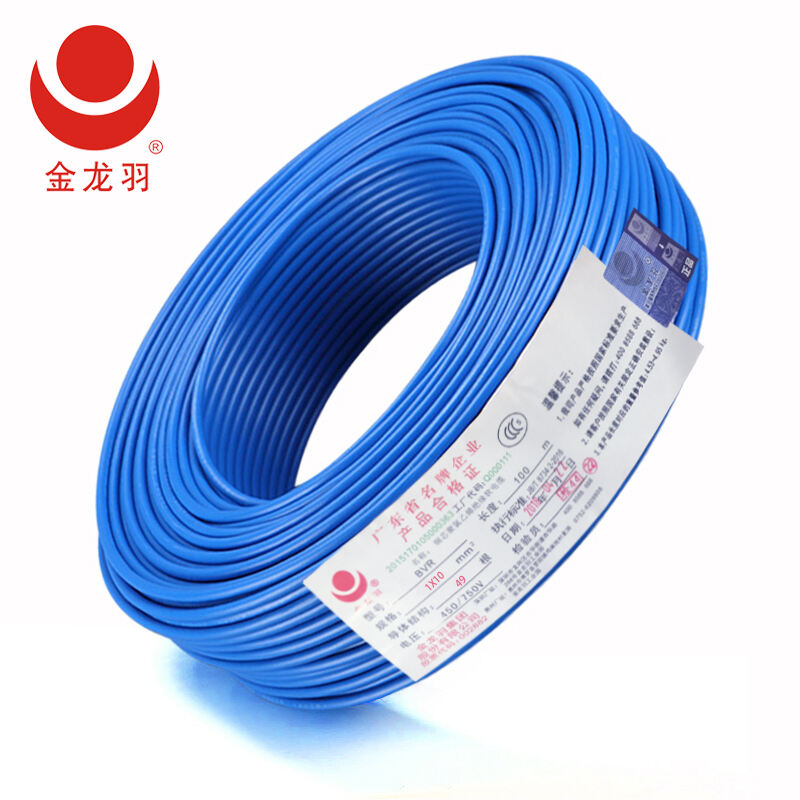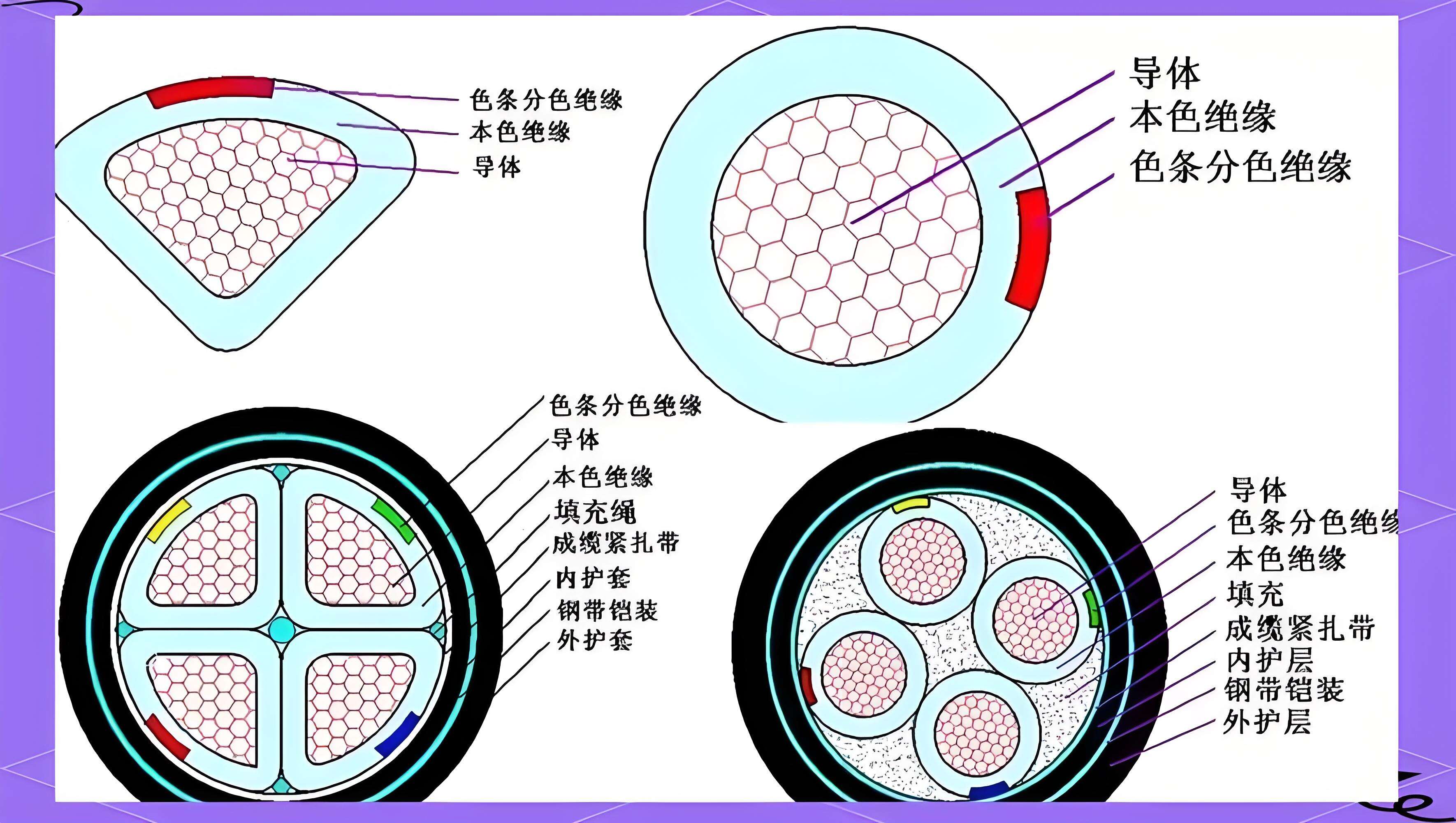Understanding what is the use of power cables is key to appreciating their role in modern infrastructure, as power cables are essential for transmitting electrical energy from generation sources to end-users across various settings. One primary use of power cables is in residential and commercial buildings, where they distribute electricity from the main supply to outlets, lighting, and appliances, ensuring safe and reliable power for daily operations. In industrial facilities, a major use of power cables is connecting heavy machinery, motors, and control systems, with specialized high-voltage or armored power cables handling the high current demands of manufacturing processes. Power cables also play a critical role in utility grids, where their use includes transmitting electricity over long distances from power plants to substations, and then distributing it to communities via lower-voltage networks. Renewable energy systems, such as solar farms and wind turbines, rely on power cables for their use in connecting panels or turbines to inverters and the grid, with weather-resistant designs ensuring performance in outdoor environments. Additionally, power cables are used in transportation, including electric vehicles and railways, to transmit power for propulsion and auxiliary systems. Weidong Technology’s range of power cables caters to these diverse uses, with products engineered to meet the specific requirements of each application, highlighting the versatility and importance of power cables in enabling modern life.


